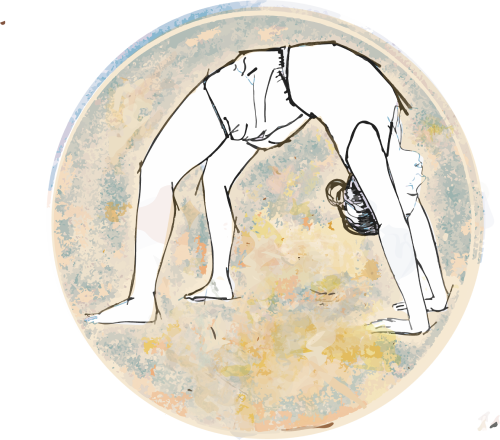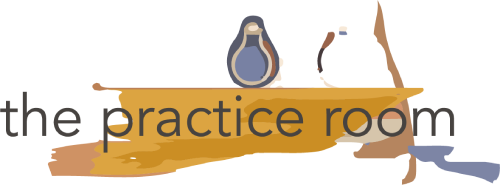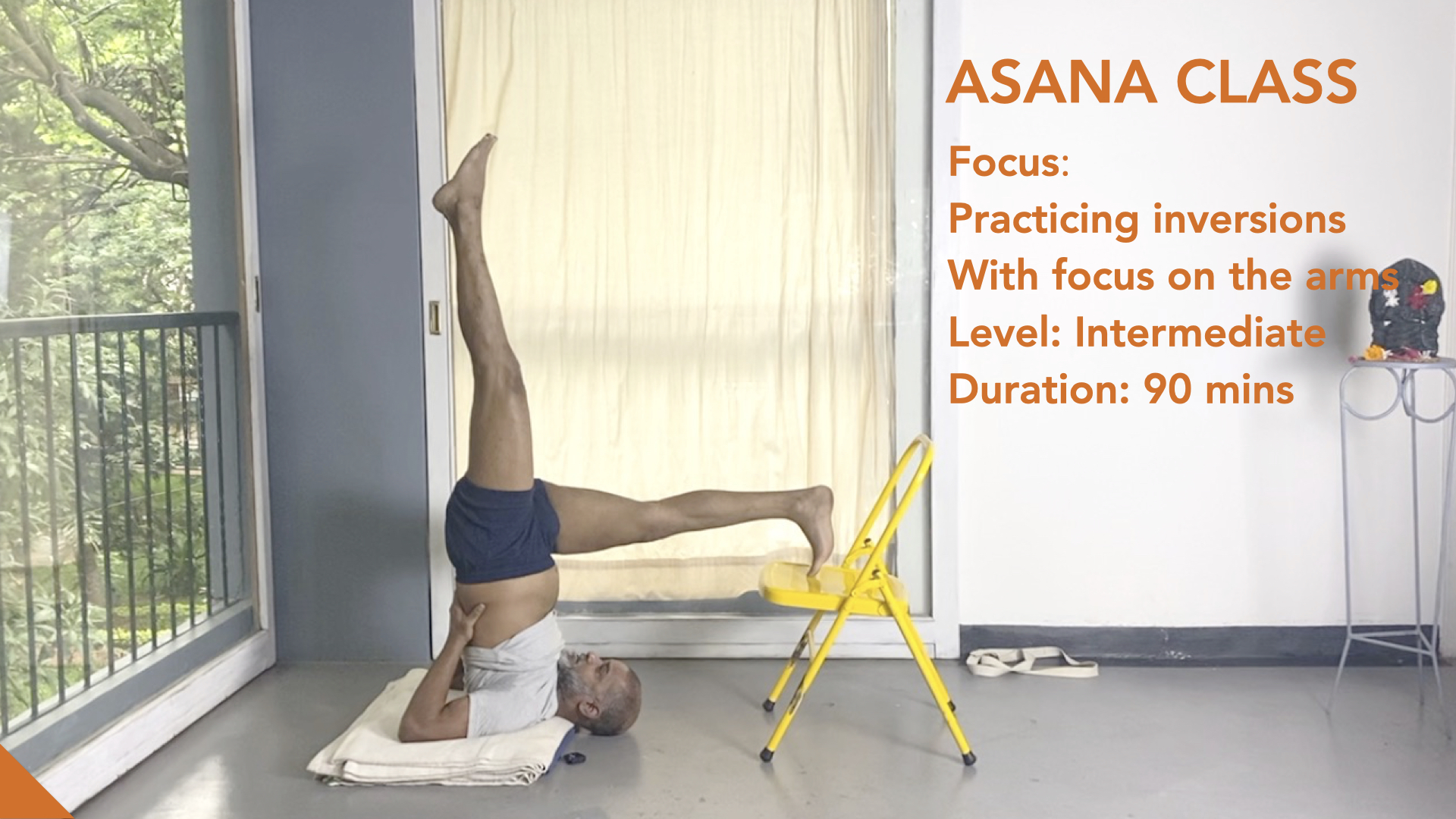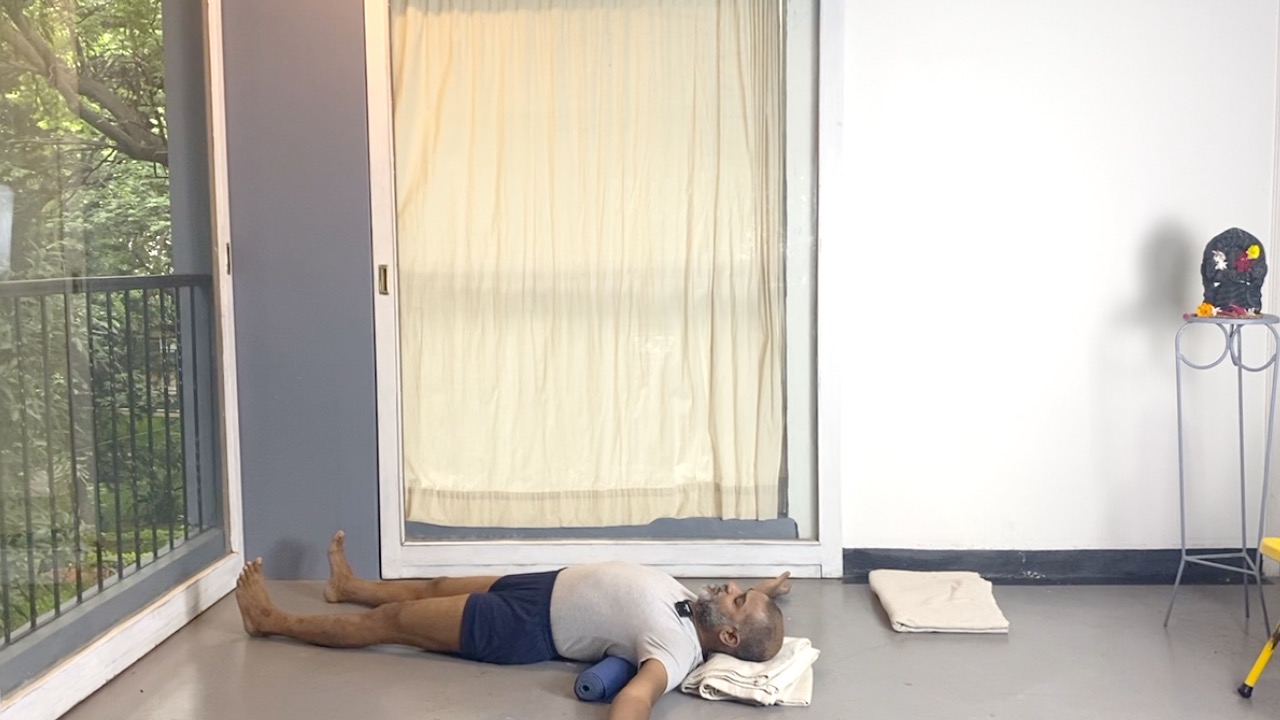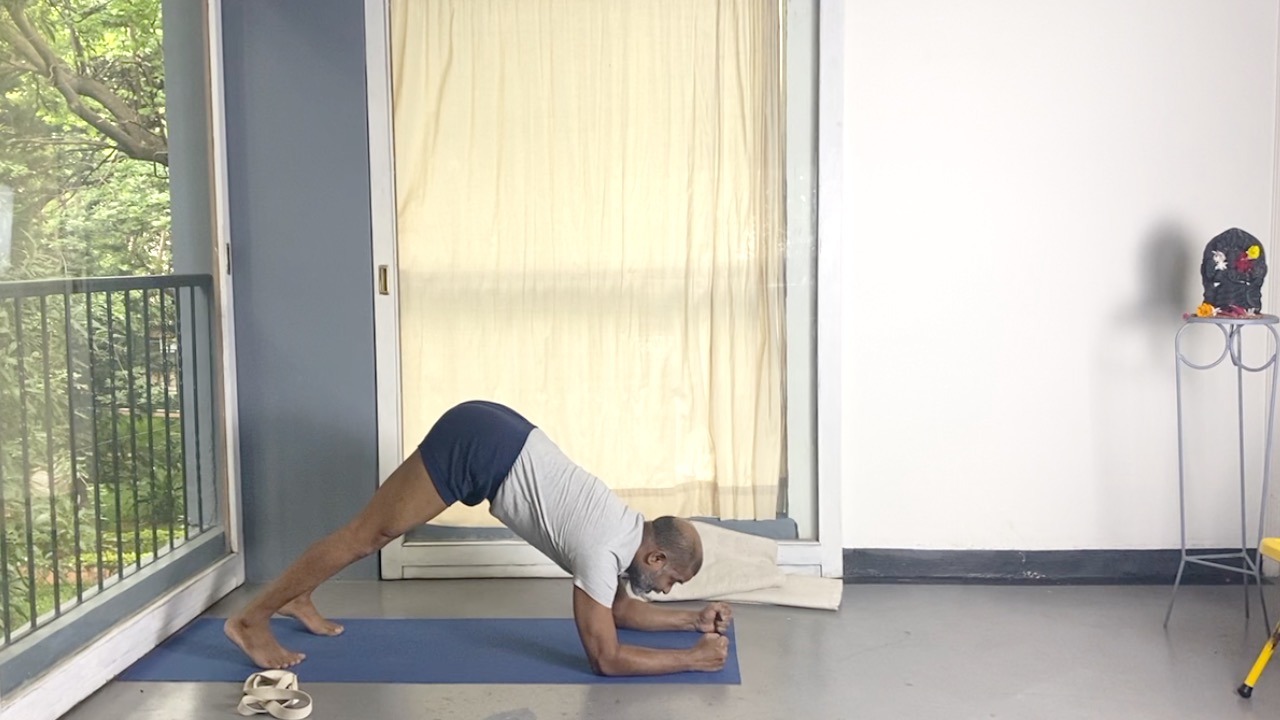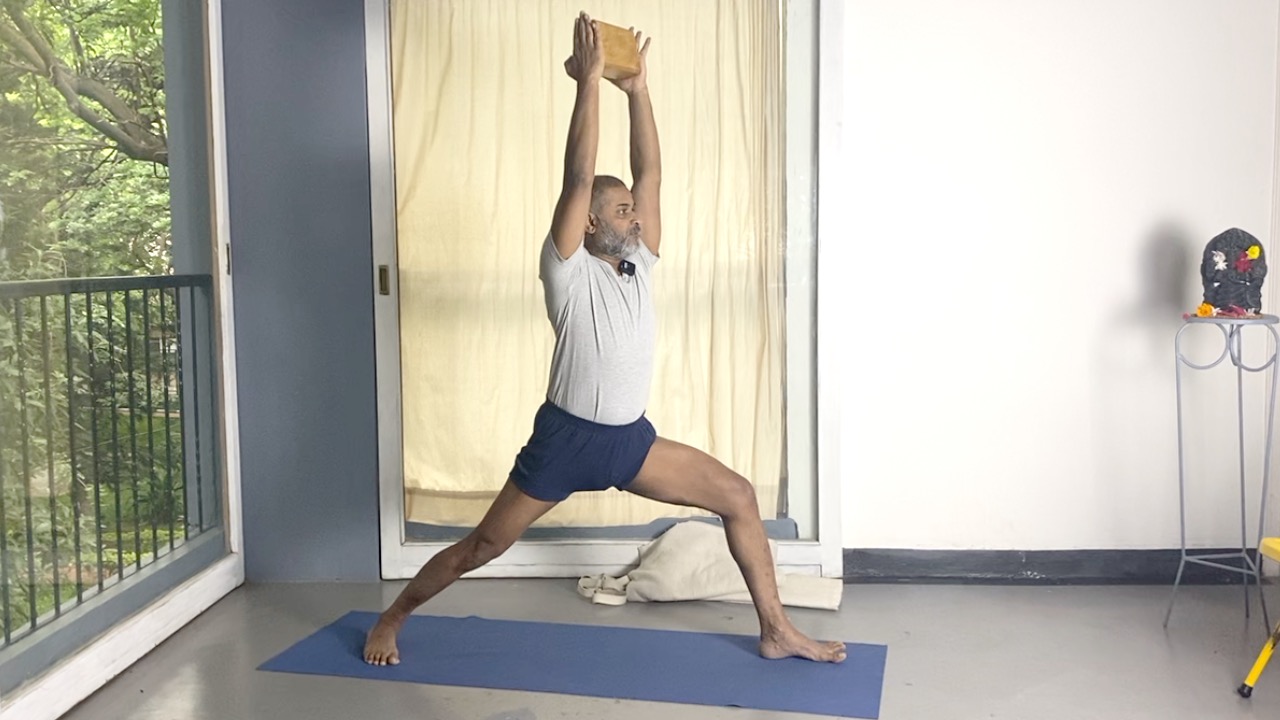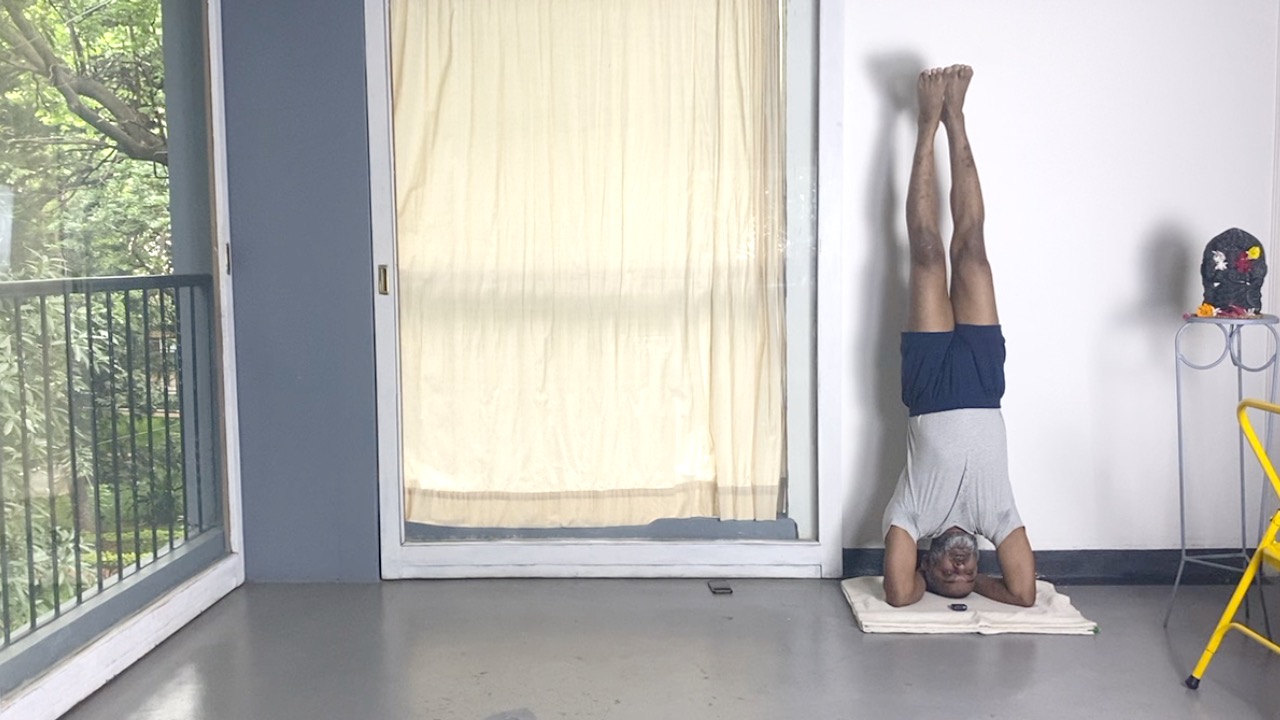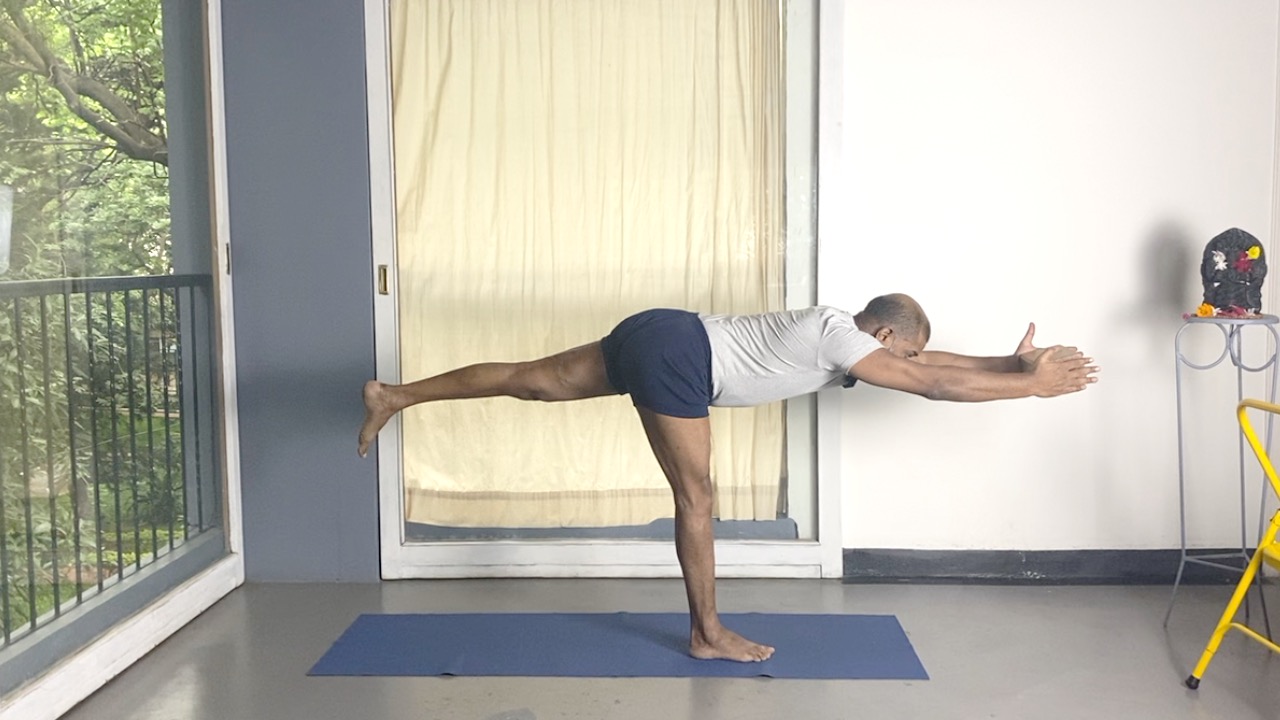A regular practice of inversions is believed to release tension, increase circulation and energy levels, and strengthen muscles. It’s also thought to promote emotional growth and calm the mind. An agitated mind will surely benefit from a practice of inversions. Arms play a major role in inverted positions.
Our lower limbs (legs) and our upper limbs (arms) are attached to our trunk through ball and socket joints – to give maximum possibility of movement of these limbs. However, unlike the hip socket , the shoulder socket is shallow. This gives the arms a wider range of movement, but also makes the shoulder joint more prone to injury. It becomes all the more important to strengthen its connection with the shoulder-blades, and to the spine, in order increase the efficiency of arm use.
The previous sessions in this series looked at strengthening and lengthening the arms, and connecting the arms to the shoulders and the spine. But even a casual glance at our bodies tells us that the arms are actually attached to our sides, and in inverted positions, this connection of the entire length of the side body is a a very important piece. This session reinforces these side body connections through a medley of asanas – standing, seated and arm balancings, before culminating in the inverted positions: headstand (Sirsasana), shoulderstand (Sarvangassana) and elbow balance (Pinca mayurasana)
Note:
Those having shoulder injuries are advised caution in approaching this session. Women during menstruation are advised against inverted Asanas, and the abdominal contractions of balancing positions.

